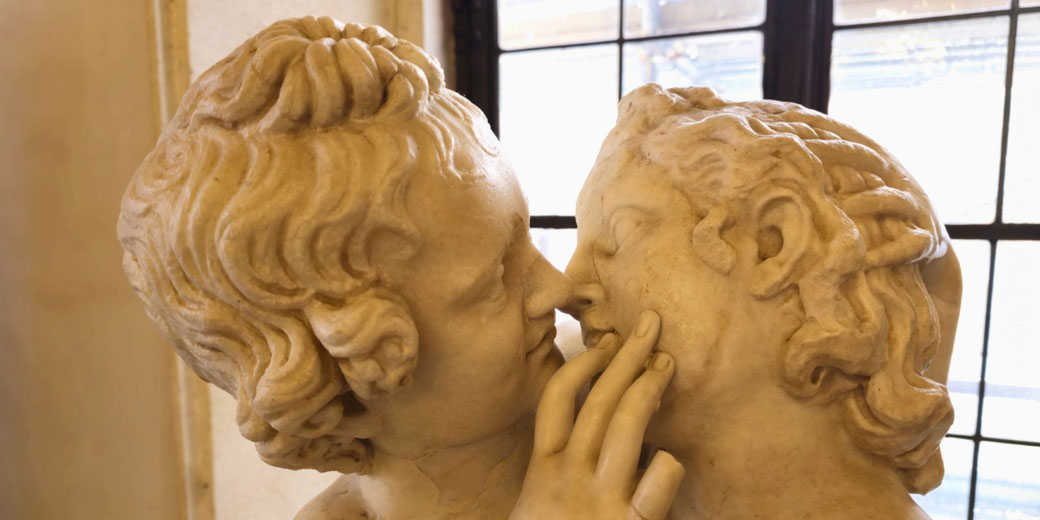Why was kissing banned in England 1439?

When English authorities reportedly imposed a ban on kissing in 1439, they acted out of concern for public health rather than moral outrage.
The order allegedly barred people from kissing in both public and private settings, and it appeared during a period of repeated disease outbreaks and growing fears about how illness spread.
Though it may appear odd to modern readers, the ban showed an intentional effort by officials to limit contact to reduce infection.
The historical context around the ban
Across the early fifteenth century, English society experienced repeated disruptions caused by the Hundred Years’ War and recurring waves of plague.
After the death of Henry V in 1422, the crown passed to his infant son, Henry VI, whose minority weakened royal authority.
Noble factions competed for control over government policy, and disputes between regional lords destabilised the kingdom further.
Many people feared civil unrest or foreign defeat as military losses in France grew more frequent.
The population still carried memories of the severe Black Death of 1348, which had reduced the number of people in England by as much as one-third.
New outbreaks appeared every decade, each one reviving fear and confusion.
Without a clear scientific explanation for the cause of infection, communities looked to physical signs and human habits to identify what might trigger disease.
Among the behaviours that people suspected spread illness, kissing featured prominently because it involved the exchange of breath and moisture.

Reasons for the ban
Contemporary sources suggest that officials issued a ban on kissing as a preventive health step during a suspected return of the plague.
Public health orders during this period often focused on controlling movement and contact between people, especially in market towns and churches.
The alleged 1439 decree banned kissing because it increased the risk of transmission during times of plague, which often spread quickly through crowded communities.
Rather than rely on force, the authorities appealed to a growing belief that people needed to change their behaviour for the public good.
The Church supported this approach by encouraging restraint during religious rituals.
Traditional gestures of affection, which included the 'kiss of peace' during Mass, came under scrutiny.
In some church groups, the custom was replaced with the use of a pax board, which allowed worshippers to show respect without direct contact.
Government officials often issued orders that echoed these religious adjustments, though such actions were usually local rather than coordinated through central policy.
How was it enforced?
Local authorities carried out enforcement by using both informal and formal methods, which depended on the severity of the outbreak.
In cities, town officials such as bailiffs and constables read proclamations aloud and patrolled popular gathering places.
Those who ignored the ban may have faced fines or public correction, though there are few surviving records that detail specific punishments.
In practice, following the rules relied more on fear of disease than on fear of punishment.
In churches, parish priests reminded congregants of their duties to avoid behaviours that might threaten others.
Sermons often included references to the need for caution and restraint. Some clergy went further and altered the structure of services so that no moment allowed close contact.
In smaller towns, enforcement relied heavily on the willingness of the community to accept the order as reasonable and necessary.
Authorities relied on social pressure supported by religious duty to promote compliance and on fear of illness rather than legal compulsion.
By reportedly issuing the kissing ban in 1439, though the measure appears unusual, it showed how seriously people regarded disease and the importance they placed on controlling its spread.
What do you need help with?
Download ready-to-use digital learning resources
Copyright © History Skills 2014-2025.
Contact via email
With the exception of links to external sites, some historical sources and extracts from specific publications, all content on this website is copyrighted by History Skills. This content may not be copied, republished or redistributed without written permission from the website creator. Please use the Contact page to obtain relevant permission.





